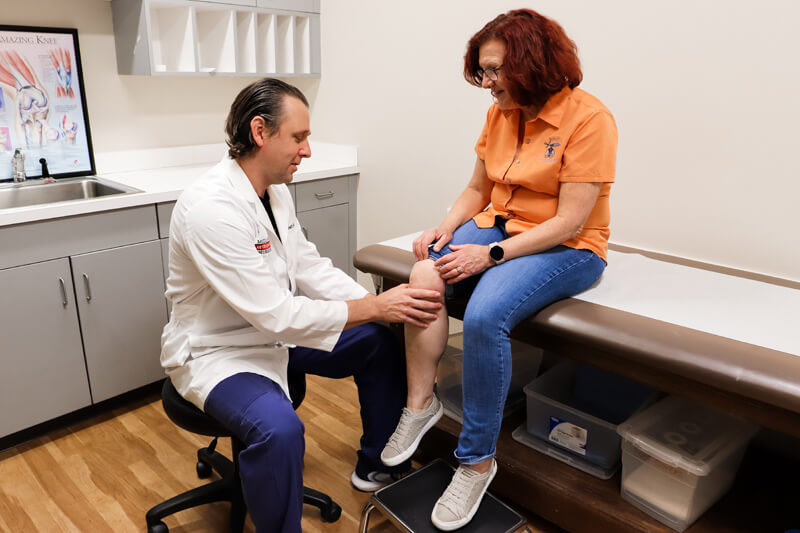Knee Surgery
Expert Orthopaedic Care for Knees
What can I expect from Knee Surgery
Knee surgery and knee replacement gives pain relief, enhanced mobility, and enhanced quality of life for the majority of patients. The majority of knee replacements should last longer than 15 years.
After three to six weeks, you can typically resume most daily activities, including shopping and light housekeeping. If you can bend your knee sufficiently to sit in a car, have sufficient muscular control to use the brakes and accelerator, and are no longer using narcotic pain drugs, you may also be able to drive after three weeks.
After recuperation, you can engage in a variety of low-impact sports, including walking, swimming, golfing, and cycling. However, you should avoid high-impact activities such as jogging, skiing, tennis, and contact or leaping sports. Consult your physician regarding your limitations.
Call Midlands at 803-256-4107 to Schedule an Appointment or Book Your Appointment Online Today
How durable are knee replacements?
This depends on age, weight, and activity. In most older patients (greater than 65) a Total Knee Replacement (TKR) will last 10-15 years. Partial knee replacements last approximately 8-10 years. However, Unicompartmental Knee Replacements (UKRs) are much less invasive. Less bone is removed, no ligaments are removed and the knee has a more stable and normal feeling than a TKR. We recommend a UKR over a TKR whenever this is possible (only 10% of the time), especially for a younger person.
What is a partial knee replacement?
Approximately 1/3 of the knee joint surface is replaced (compared to total knee replacement). The knee can be divided into three compartments. If only one of these three is worn out, a partial knee replacement can be performed. The chief advantages of this procedure are a quicker recovery with a better range of motion and stability. The hospital stay is typically 1-2 days, physical therapy is usually only required for two weeks, and a walker or cane is usually discontinued after two weeks.
How much bone is removed for a knee replacement?
The term total knee replacement sounds somewhat drastic. This operation would be better named a surface replacement of the knee. The remaining cartilage and approximately 5-10 mm of bone are removed from the ends of all of the bones: femur, tibia, and patella. Three artificial component surfaces are then fixed to the ends of these bones. The anterior cruciate ligament and sometimes the posterior cruciate ligament is removed when this surgery is performed. Much less bone is removed in a partial knee replacement (unicompartmental knee replacement, UKR).

Experienced. Accessible. Affordable.

What type of knee replacement do you use?
We currently use the Persona partial knee system. Whenever the bone quality is good, we use an uncemented femoral component. The tibial and patellar components are currently always cemented.
first
Your content goes here. Edit or remove this text inline or in the module Content settings. You can also style every aspect of this content in the module Design settings and even apply custom CSS to this text in the module Advanced settings.
